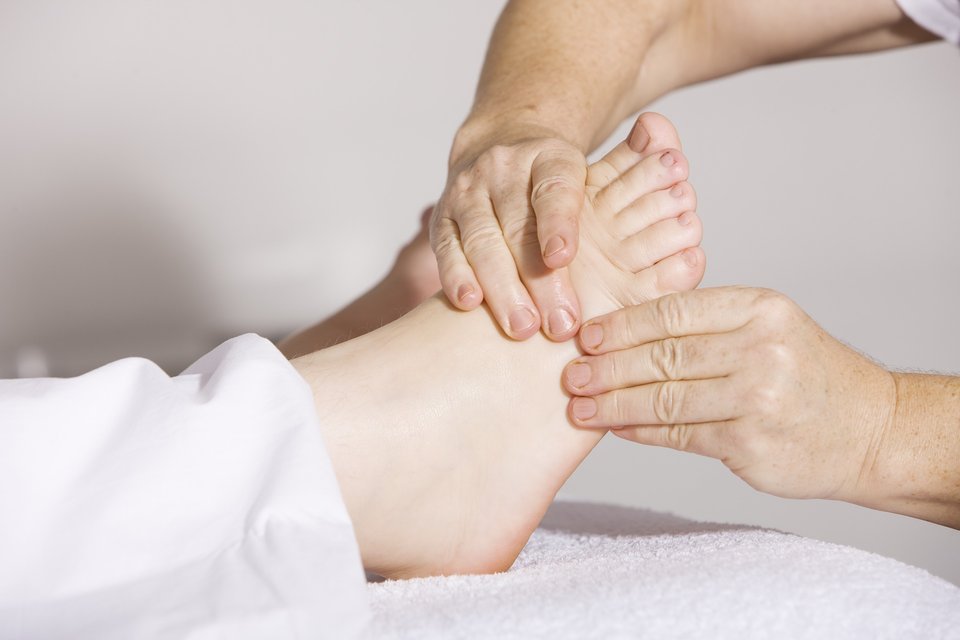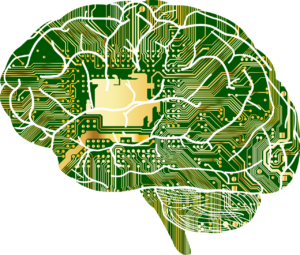This is such a common question for my clients that suffer from sciatica, and quite rightly so! Numbness or pins and needles with sciatica can be a very alarming symptom. However, it can be explained quite easily through an understanding of how the nerves in our legs and back work.
Aims of this post:
- To learn about how nerves work
- To learn why someone might get pins and needles with sciatica
- Learning about when to worry about pins and needles, how long it takes to get better and what else can cause these symptoms.
Before we dive in, please be aware that we are part of the Amazon Affiliate programme. This page may contain Amazon affiliate links, so if you choose to purchase a product for your sciatica that we recommend through a link on this page, we will receive a small commission at no extra cost to you. This helps us keep Overcome Sciatica alive! Thank you for your support. Please be assured that we only ever recommend products that we truly believe can help.
Before we begin, you can read all about why people get sciatica, what to expect and where to turn in my Ultimate Guide to Sciatica.
Nerves
To understand how pins and needles with sciatica can occur, we first need to refresh our memories on how a nerve works.
Nerves are the body’s message carriers; they transmit messages about touch, pressure, pain and sensation to the brain, as well as providing the stimulus for our muscles to move.
All nerves begin in the spinal cord, a long branch of “neural” structure (neural means nerve-related). The spinal cord runs through the bones in our spine. In small spaces between these bones, the spinal cord branches off and becomes a nerve root which gives rise to the nerves that supply our limbs with messages on touch and movement.
You can think of a nerve as a two-way motorway. The nerves carry signals down (like cars on the motorway) to the muscles which tell the muscle to move.
The nerves also carry signals up (cars travelling in the opposite direction) from the limbs to our brain, about touch, pain and sensation.
Why do we get numbness or pins and needles with sciatica?
When a nerve is working well, if you think back to the motorway analogy, all the cars are travelling up and down the motorway at the correct speed limit, with a nice flow of traffic.
We know that in sciatica, often a structure in the back is pressing on one of the nerve roots. This direct compression can affect the function of the entire nerve.
One of the ways that function is affected is that the direct compression of the structure (like a disc bulge) prevents all of the signals arriving from the limb from getting to their target destination in the spinal cord.
Another problem that can cause pins and needles with sciatica is Piriformis Syndrome.
You can think of this effect as though something has closed down a lane in the nerve motorway that we spoke about earlier!
What effect does this usually have? I know from my experience that this causes traffic, and cars aren’t able to reach their destination properly.
When nerve signals aren’t able to reach their destination properly, we only get part of the signal – this explains why sometimes we get pins and needles with sciatica (half of the message getting through) and why we get numbness (none of the message getting through).
I find the motorway analogy to be the simplest way of picturing how pins and needles occur.
Another great description of pins and needles or numbness in sciatica is given in this video, which also shows how different parts of the leg (called the dermatomes) can be affected:
When do I need to worry about pins and needles with sciatica?
I would recommend that anyone who is suffering from a new onset of numbness or pins and needles with sciatica should be checked out in a face to face examination by their doctor or another healthcare professional.
A worrying symptom that can accompany pins and needles is a loss of strength. If you feel that you are losing strength in any muscle group, you should definitely seek out immediate help from a doctor.
There are also other concerning symptoms that we need to watch out for: if the numbness is occurring around your bottom then this could indicate cauda equina syndrome and this needs an immediate assessment, preferably at an emergency department if possible.
You should also watch out for incontinence or other bladder/bowel symptoms. This list is not exhaustive, please read HERE for more information. Always contact your doctor if you’re not sure.
Usually, it is a bulging disc causing numbness with sciatica. You can read all about bulging discs and how long they take to get better HERE.
Can it get better?
Pins and needles with sciatica can get better, and will do in most cases with the correct treatment.
Some people who have long term numbness may not get their full sensation back, but this rarely causes a “functional” problem.
When you’ve had pins and needles with sciatica from a problem such as a disc bulge, even when the disc bulge is “re-absorbed” by the body, or removed through surgery if you opt for that route, you may not notice an improvement immediately.
Why?
This is because it takes time for the nerve to recover even after the initial compression has been alleviated.
The nerve may well have been damaged by a prolonged compression, which leads to pins and needles with sciatica long after removal of the offending lesion.
It may be the case that the “myelin” in the nerve needs to regenerate – your body is very clever and can make this happen all by itself but it takes a long time.
Does pins and needles mean my sciatica is getting better?
Sometimes, pins and needles can mean sciatica is getting better. This is particularly the case if one has been suffering with complete numbness and this transitions to pins and needles. This symptoms can mean that the sensation is slowly coming back.
However, if the initial symptom is pain alone and then pins and needles starts, this does not necessarily mean the problem is getting better and could reflect the fact that the nerve is being pinched further.
In most cases pins and needles with sciatica is not a good sign of healing and reflects the fact that the nerve is being pinched, trapped or irritated.
Are You Looking for RAPID Relief from Sciatica?
My good friend, colleague and fellow international sciatica expert, Dean Volk, has a brand new sciatica relief video course available – and I’m delighted to be an official sponsor!
Check out Dean Volk’s “Kicking Sciatica OUT of the Butt!” Online Pain Relief Course Here!
I can proudly recommend Dean and his course for sciatica sufferers – because I’ve seen his incredible results first-hand. You can check out his course (and get lifetime access to the videos and bonus content) by clicking HERE.
How long will it take?
Nerve regrowth occurs at roughly 1 millimeter per month – very slowly, I’m sure you will agree!
Luckily, in most cases, the damage isn’t so severe as to prevent the nerve from getting better. Improvements occurring over a period of 6 months to 1 year are not uncommon.
As with many things in the human body, when you have pins and needles with sciatica the key is to be patient and try not to worry yourself unnecessarily.
Just like with sciatic pain, the symptoms may come and go, but hopefully with a better understanding of why they are occurring they won’t be as terrifying!
What else can cause pins and needles with sciatica?
Anything in the spine that is compressing a nerve root is likely to lead to pins and needles with sciatica, through the same mechanism that a disc bulge causes these symptoms.
Aside from physical compressions on a nerve root within the spine, some medical conditions unrelated to the back may cause pins and needles with sciatica.
Conditions like Multiple Sclerosis (MS for short) can often cause pins and needles in the peripheries in its early stages.
Motor neuron disease (MND) in rare cases can present as pins and needles with sciatica in its early stages but luckily this disease is uncommon.
When you are assessed by a physiotherapist or GP, it is very important that they complete a “neurological assessment” which is a way of potentially picking up on these conditions in clinic. If they feel you may be at risk, you will likely be sent for further assessment.
It is also possible for diabetes to cause pins and needles with sciatica, if you already suffer from sciatica from a different cause.
Diabetes often causes pins and needles or numbness at the tips of the toes in its early stages, which is called a diabetic neuropathy. If you feel you are at risk of diabetes, you can order a simple blood test through your GP which will measure your blood glucose levels and rule in or out this condition.
To learn how to change your diet to minimise the risk of diabetes, and to reduce your sciatic nerve pain, click HERE.
Conclusion
Thanks for reading.
I hope this article has shed some light on why pins and needles with sciatica can occur.
If you know anyone who needs to know more about why they are experiencing pins and needles or numbness then please link them to this article!
The information on Overcome Sciatica should never be used as a substitute for medical advice from a doctor. Never put into action any tips or techniques from Overcome Sciatica without checking with your doctor first. Please see full terms of use here.





Thank you for this article. It’s the first one I read that put my 2+ month bout of sciatica with pins and needles at east. I have DDD that I assume is causing a bulging disc to press on my nerve. Your article gave me some hope.